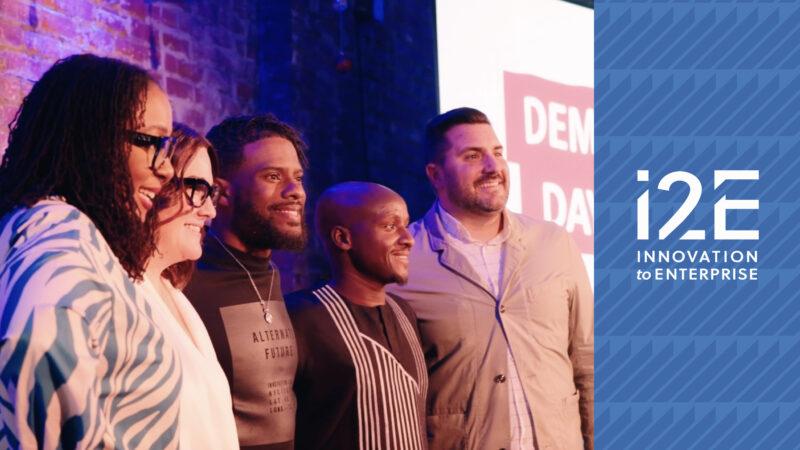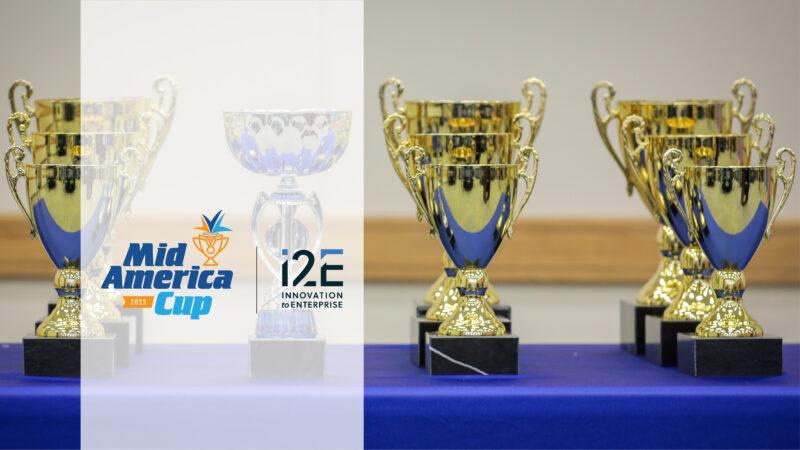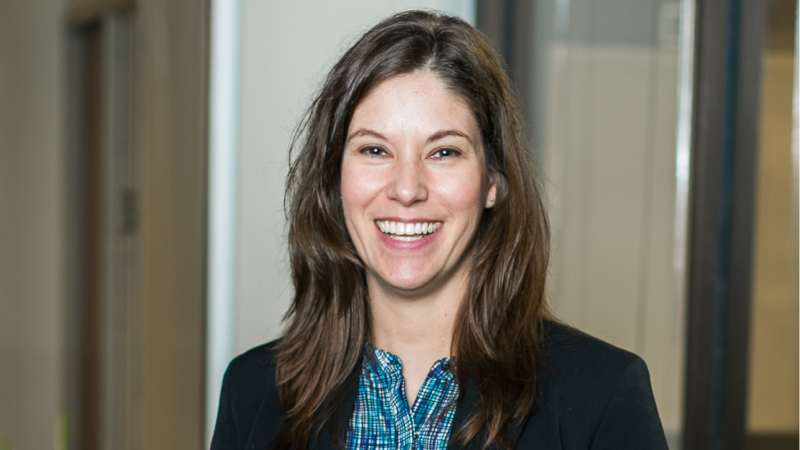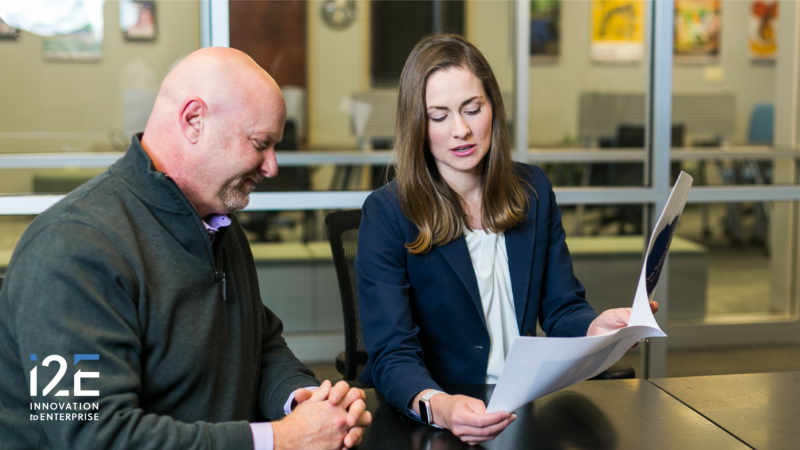By PAULA BURKES
Copyright 2020, The Oklahoman
Stacey Brandhorst directs business development for i2E, a nonprofit that helps entrepreneurs commercialize technologies, launch and grow new businesses and access capital.
Question: You recently launched the 30th cohort of i2E’s e3 program (formerly Venture Assessment Program) with five new Oklahoma ventures as an online virtual class, using video conferencing. What’s the goal?
Answer: To help entrepreneurs see their company through the lens of an investor, to ask themselves the hard questions, and to teach them how to confirm product/market fit through in-depth customer discovery. E3 helps entrepreneurs answer questions that can make or break a startup while gaining tools that they’ll continue to leverage throughout every stage of company building whether it be with this idea or their next.
Q: What are the main challenges and benefits of leading this class online?
A: The hardest part is real-time feedback. I love hearing the laughs or seeing the aha moments during an in-person workshop, but the technology truly has been flawless as we pivoted to this model. We’re still having active discussions and the individual companies are able to interact with each other, too.
Some of the benefits of being virtual is it puts all companies on a level playing field. Whenever we teach in-person we often rotate between our Tulsa and Oklahoma City offices, I love having equal interaction with everyone no matter the city.
My ability to share my screen also adds tremendous value to certain exercises where I’m filling things out in real time and the entrepreneurs are able to see it in real time.
Q: How enthusiastic have the entrepreneurs been both about the online class and the curriculum, which requires them to reach out to potential customers?
A: They’ve been very receptive and willing to take off their rose-colored glasses and embrace the hard questions about their company. I think they’re excited to reach out to customers, even if it can be daunting at the beginning, because ultimately this is the only data that can tell them if they’re on the right track to building a successful company.
Q: What does “go/no go” mean to entrepreneurs enrolled in the program?
A: The go/no-go decision comes as the companies discover if their product solves an actual market need and can attract customers. Sometimes even a newer, better, faster, cheaper product does not resonate with customers.
Along with the results of their customer discovery efforts, we analyze competition, risks and their value proposition to help them determine if the company should continue forward, pivot to another market segment or pivot to another startup idea entirely.
Paula Burkes, Business writer








